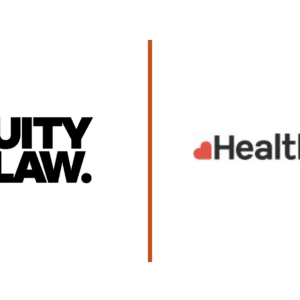Fashion industry: Is your IP covered for Brexit?
Intellectual property rights (IPR) play an important role in the competitive fashion industry, where the copying of designs has always been rife.
Intellectual property rights
IPR is a term to describe the bundle of legal rights derived in the form of registered and unregistered protection, that includes:
- Trademarks
- Copyright
- UK Design Rights
- EU Community Design Rights
- Patents
These rights, among other remedies such as passing off, have a critical material value in the fashion industry, where consumers buy into the value and reputation of a brand. Larger brands enforce and defend their IPR aggressively because they capitalise income for the business and prevent dilution of the brand.
In the wake of ‘fast fashion’ and challenging economic climate, the pressure is on to maximise profit margins, cut costs and churn out designs at an accelerated rate. Coupled with the rise of social media and global visibility of designs on digital platforms, the industry has seen an increase in design plagiarism.
Protecting your business
According to Statista[1], £58.3 billion was spent on clothing in 2018 in the UK alone. In such a lucrative industry and with the uncertainty of Brexit looming, there has never been a more opportune time for brands and designers to educate themselves on what IPR protection they can rely on and how to enforce effectively.
- Are you aware of what intellectual property rights you have in your designs?
- Are you sure that you own these rights?
- What measures can you take to prove ownership and safeguard your designs and brand?
EU design rights
The potential loss of the EU Unregistered Community Design Rights (UCD) is a further area of concern for designers. The UCD affords an automatic 3 year protection from the date the design was first made available to the public and it also fills a gap; it protects both the design elements and surface protection (such as prints and embellishment), not currently protected by a UK design right.
Many fashion houses in the UK, including Jimmy Choo and Chloé, have successfully relied on this protection in the removal of cheaper, imitation copies of their designs from the market. To put it into context, international trade of counterfeit and pirated goods represented 3.3% of the world trade, equating to £394.6 billion in a recent survey by the EU Intellectual Property Office and OECD[2].
Join us for a breakfast seminar
So, will designers and fashion houses still be able to rely on this right in the UK after Brexit? Join us at our London office on 21 November 2019, where we will be discussing and offering practical advice on what you can do to maximise, protect and minimise risk of loss of ownership of your IPR. For more information contact:
To register please visit: https://www.eventbrite.co.uk/e/fashion-ip-and-brexit-are-you-covered-tickets-77328277961






